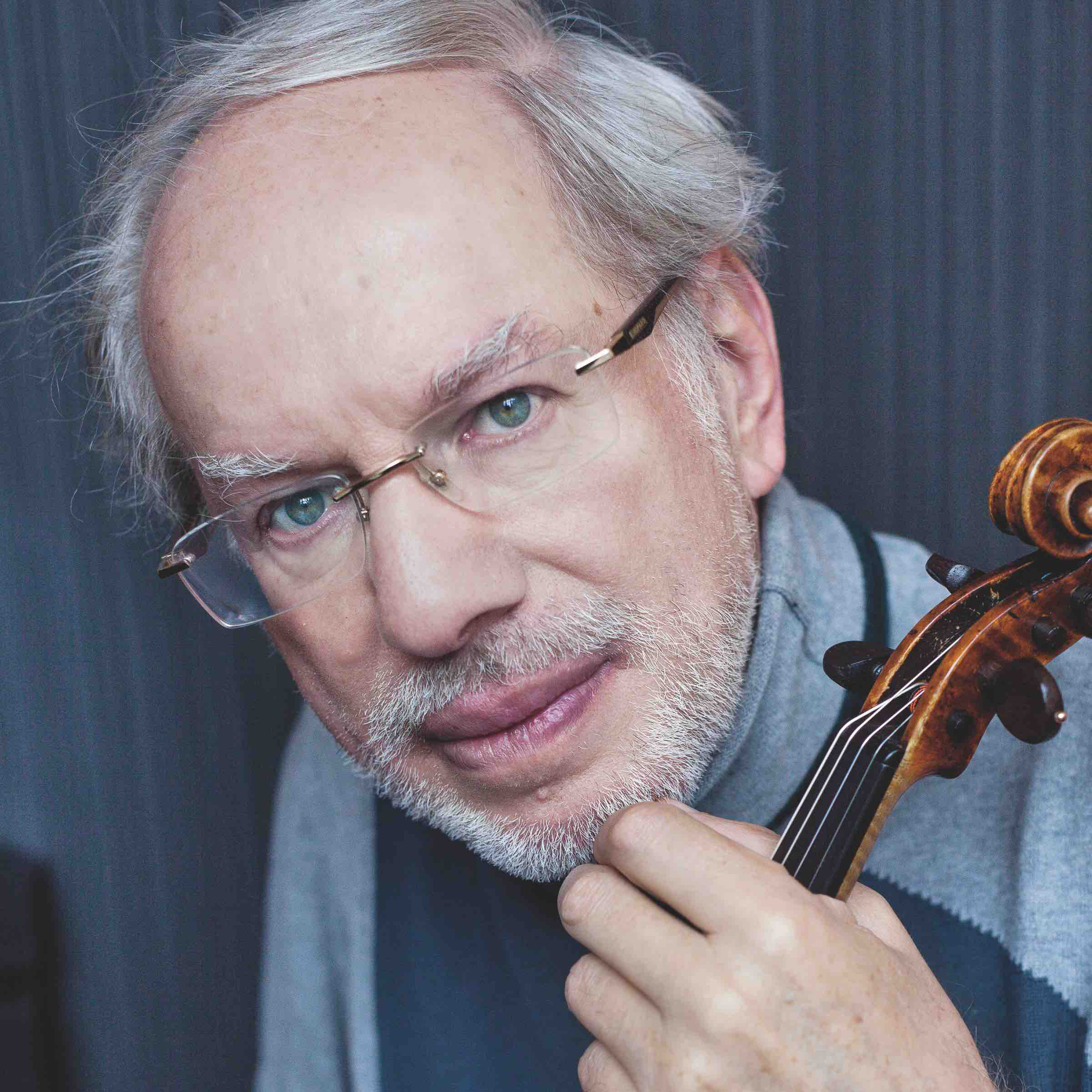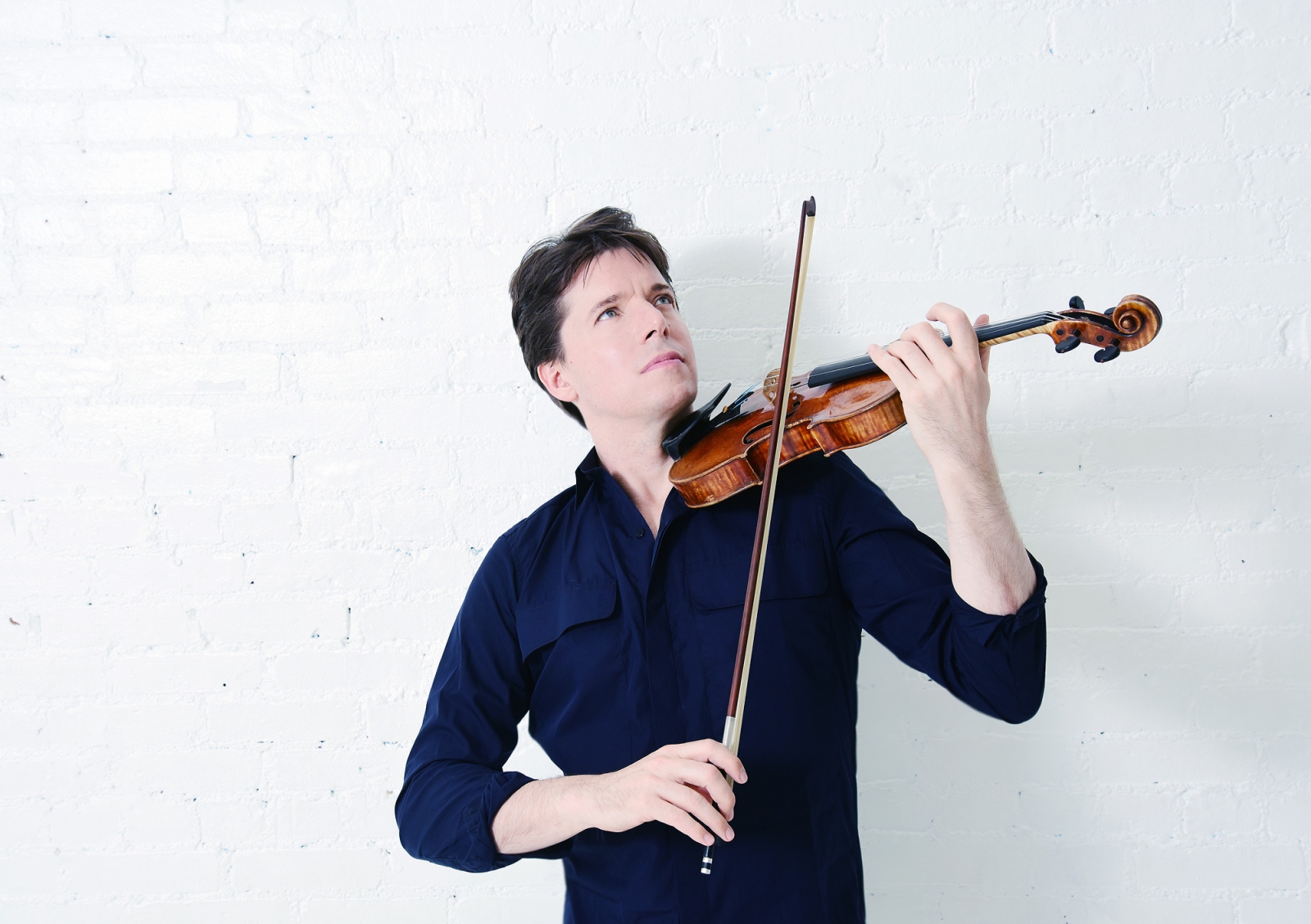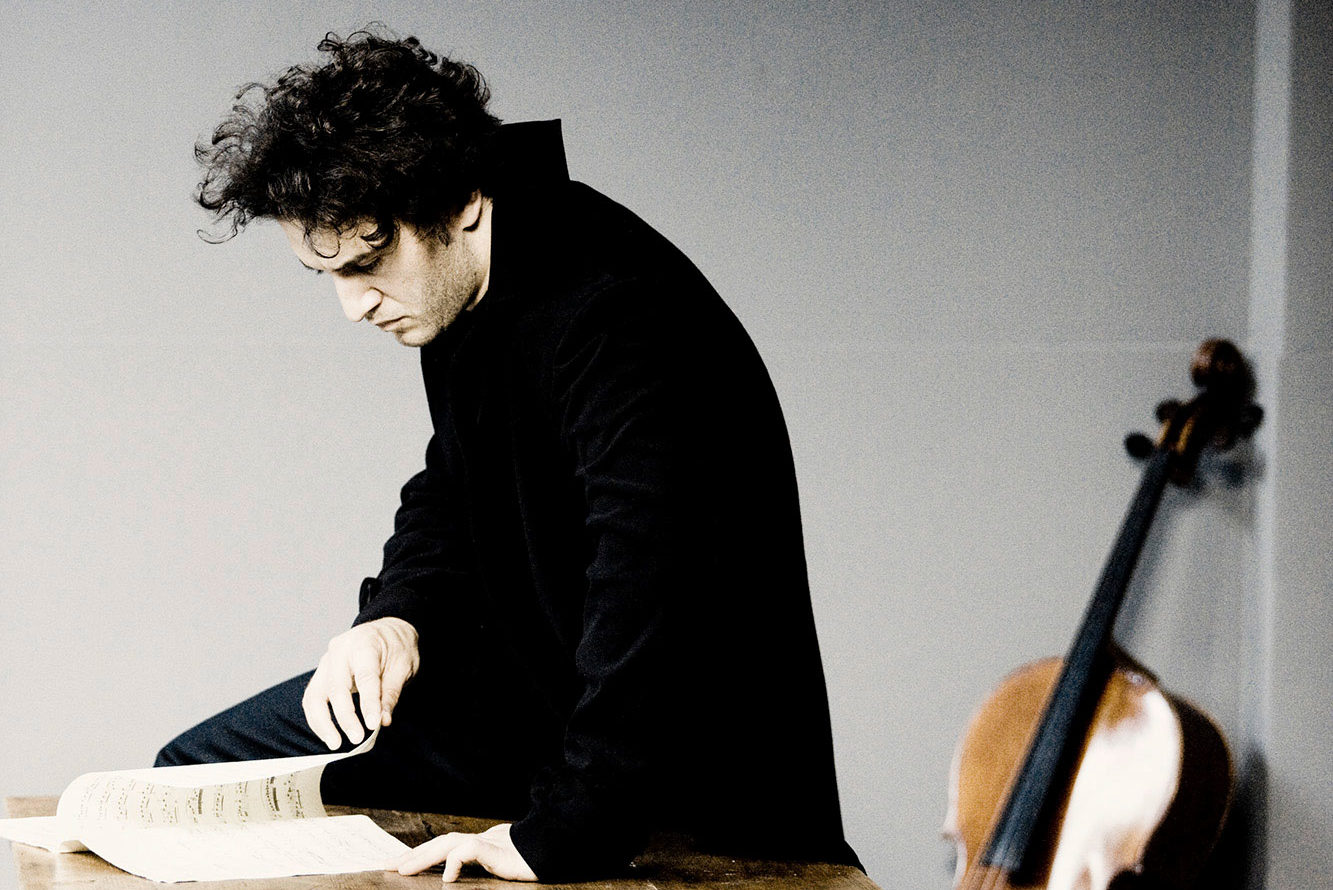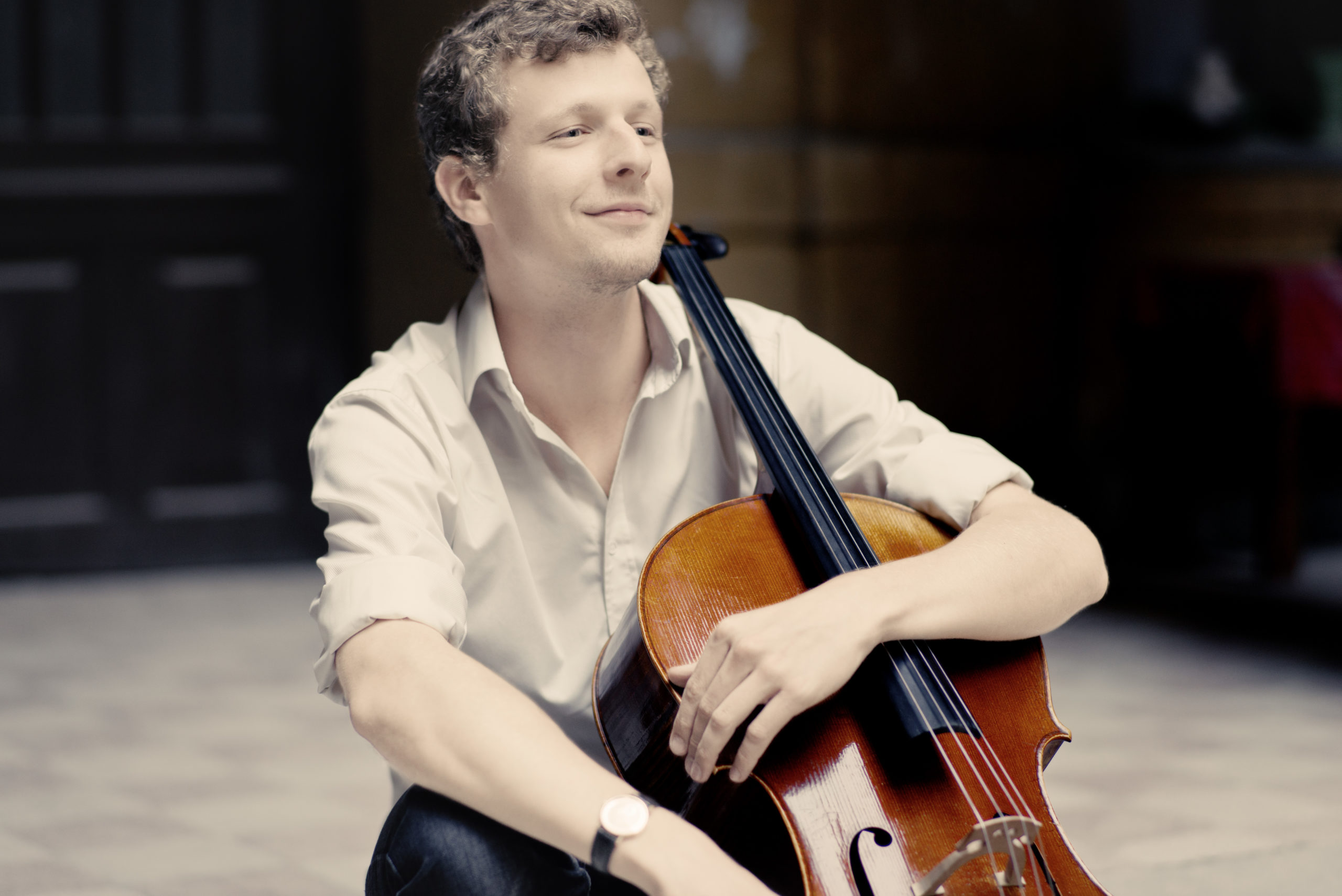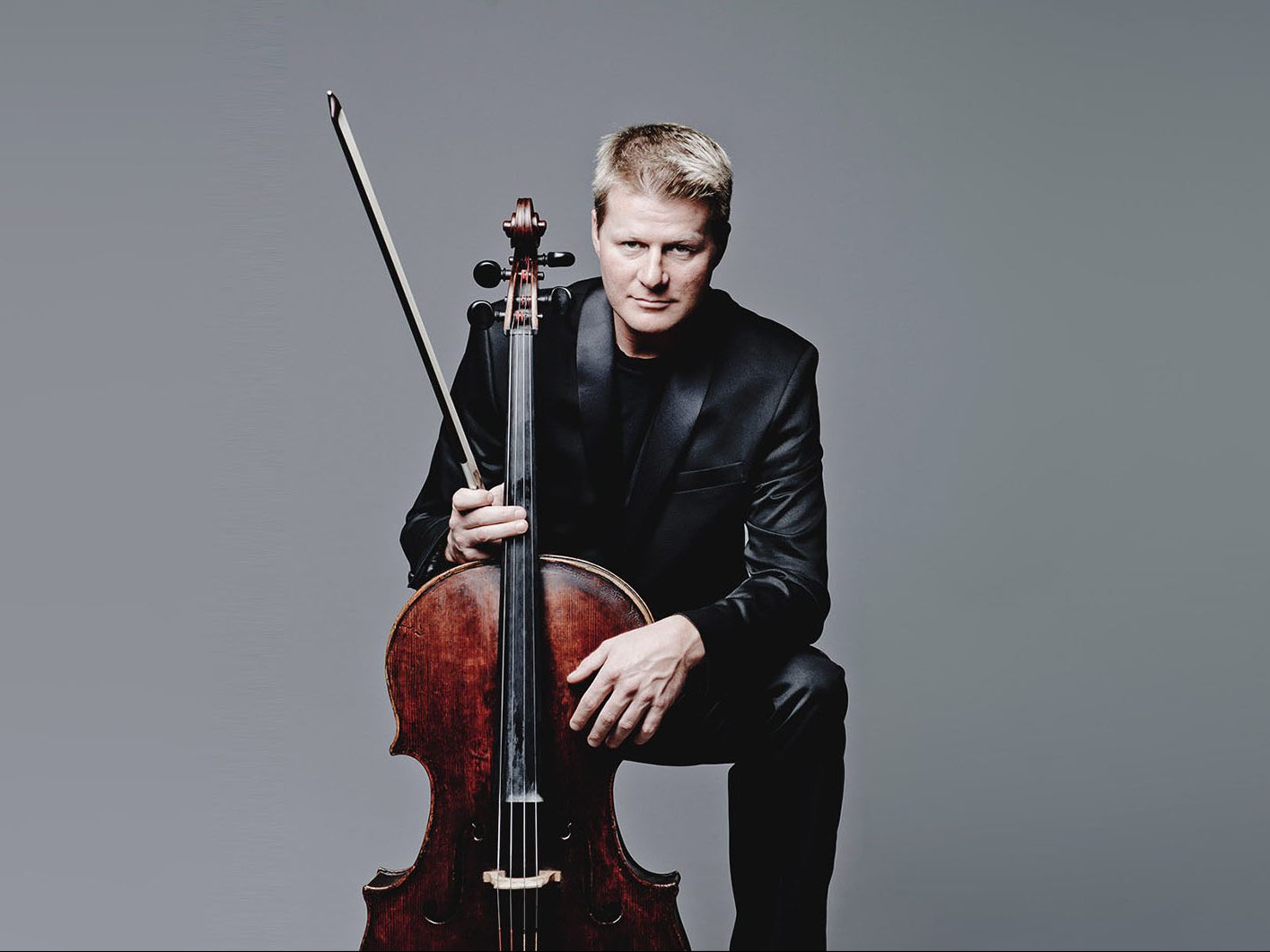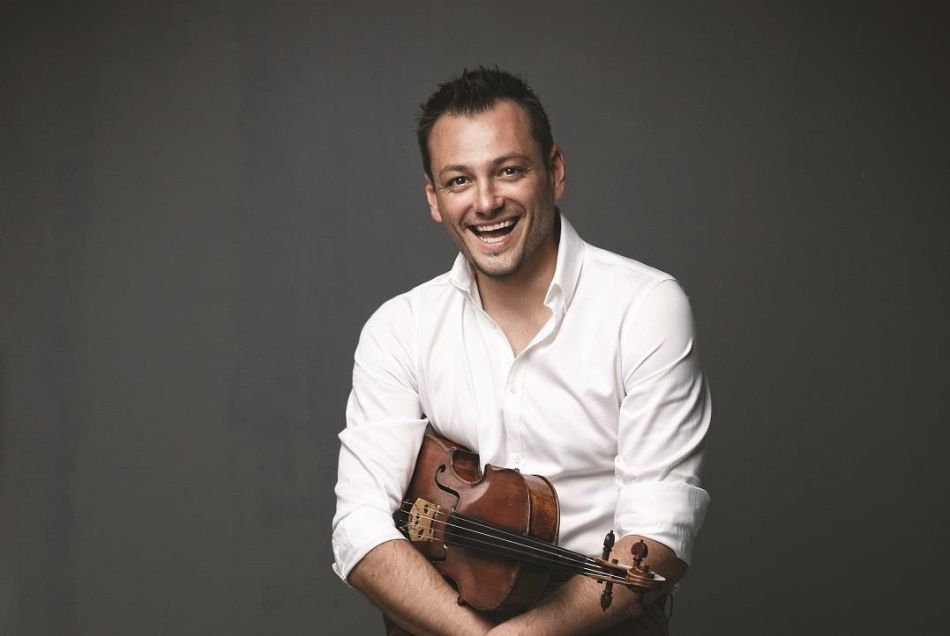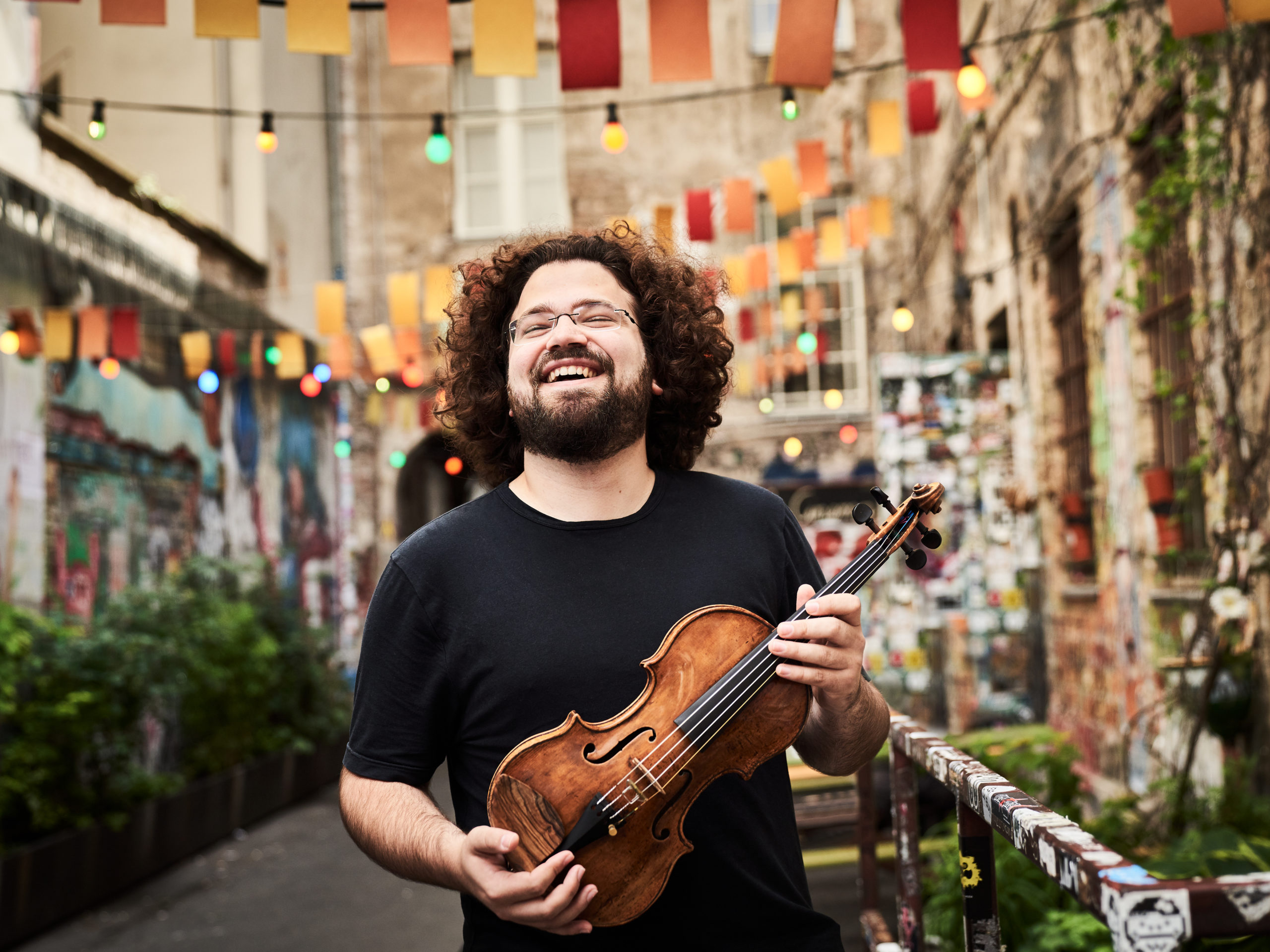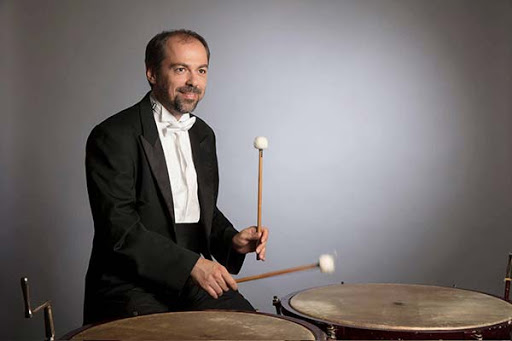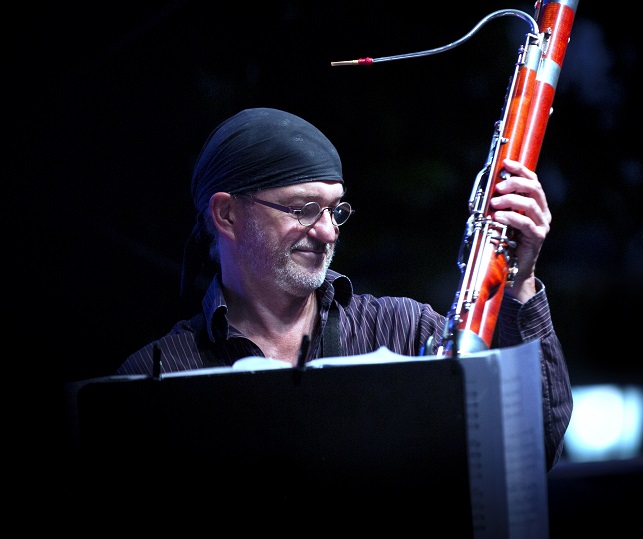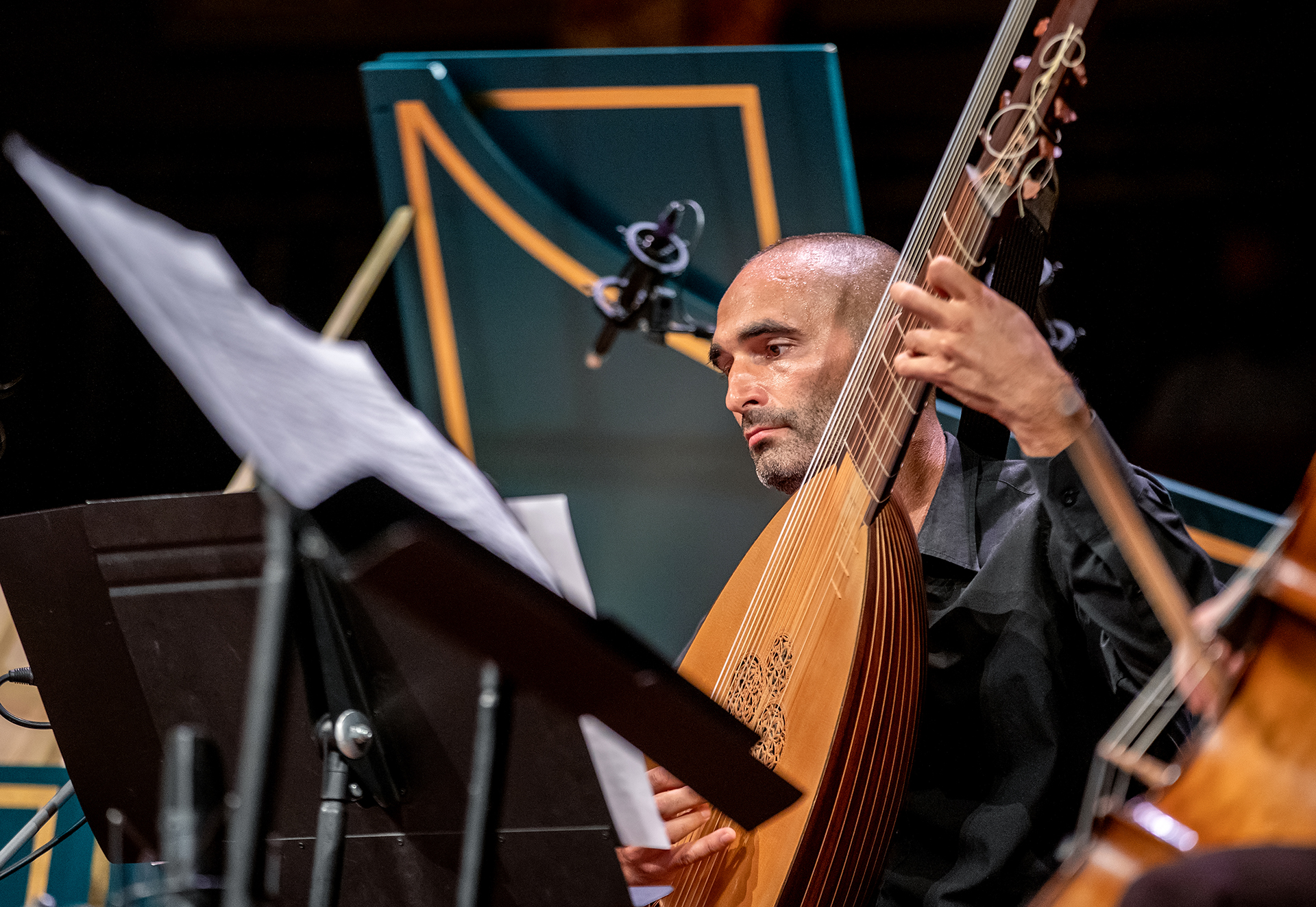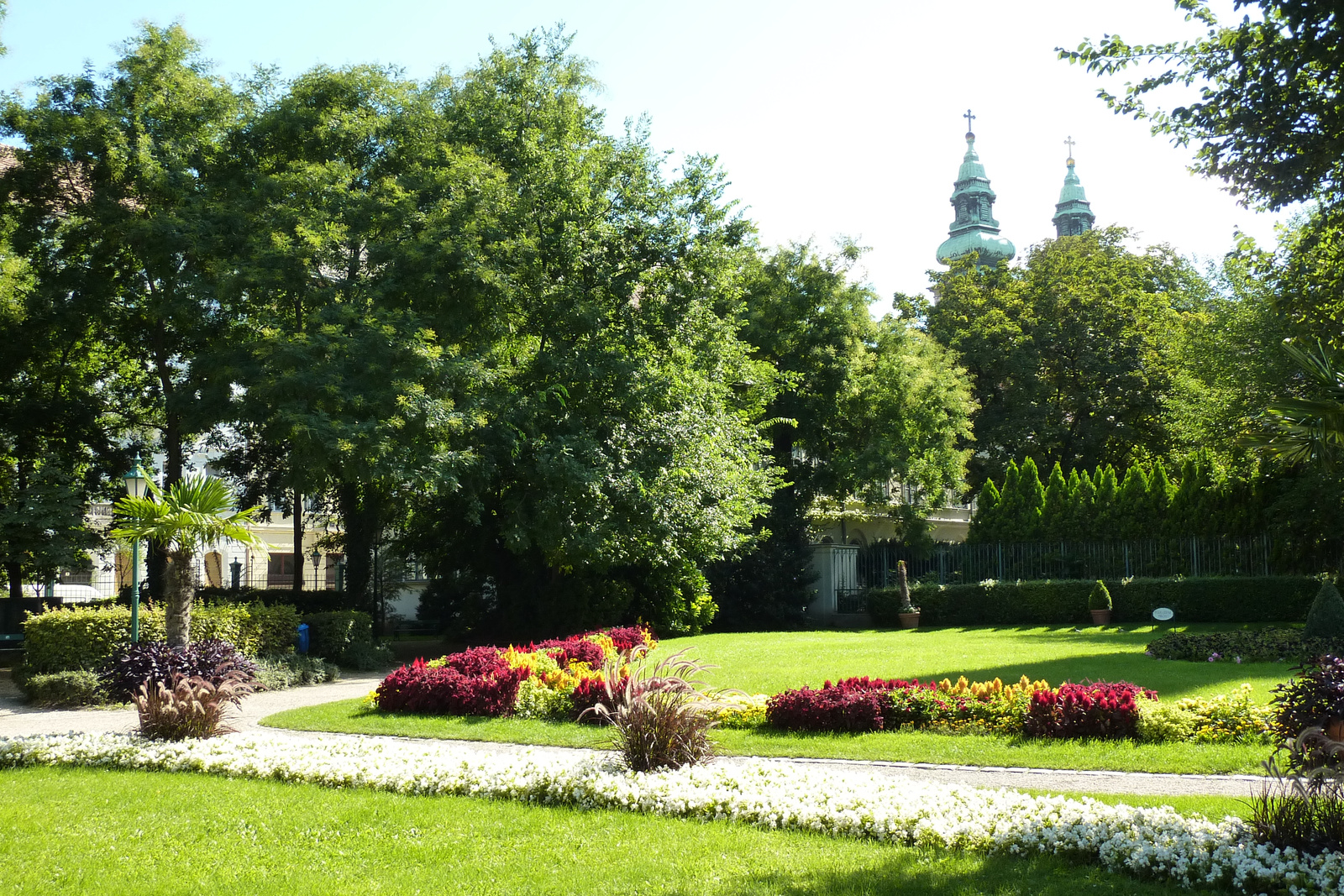Family Trees
The “family tree” is one of the most alluring metaphors. It involves the notion that the successive generations of a family are inherently interconnected: without roots and the trunk, there are no branches, twigs, leaves or fruits. The concept of a “family tree” is linked to music and music-making, and more specifically, to Festival Academy Budapest, in many different ways. Its founders, Katalin Kokas and Barnabás Kelemen form a family unit (now with four children), and they both come from a musical background. But besides them, also other musical families – husbands and wives, parents and children – take regularly to the stage of the festival. The “family tree” determines the festival programme also in a broader sense, as it features not only great composer dynasties but also compositions focusing on the family, for instance, by J. S. Bach, Mozart, Brahms, Schumann, Bartók or several contemporary masters. Suppose we expand the scope a little further. In that case, the metaphor of a “family tree” can also cover various chamber music traditions, and this is how we arrive at the uniquely Hungarian “family” of chamber musicians, which can be traced back – through one of our honoured performers, Ferenc Rados – to the masters of the 1950s, even to Leó Weiner. If we regard the entire international community of classical musicians as a single family, we can consider our festival a family reunion, where brothers, sisters, cousins, second-cousins and other relatives – heirs of the same legacy – get together each year. The ultimate questions of this year’s festival will concentrate on what was bequeathed on us by previous generations, what we carry on and what we will pass on the to the generations that will follow us, what roots we have, how strong our trunk is and where and how far our branches are reaching.
